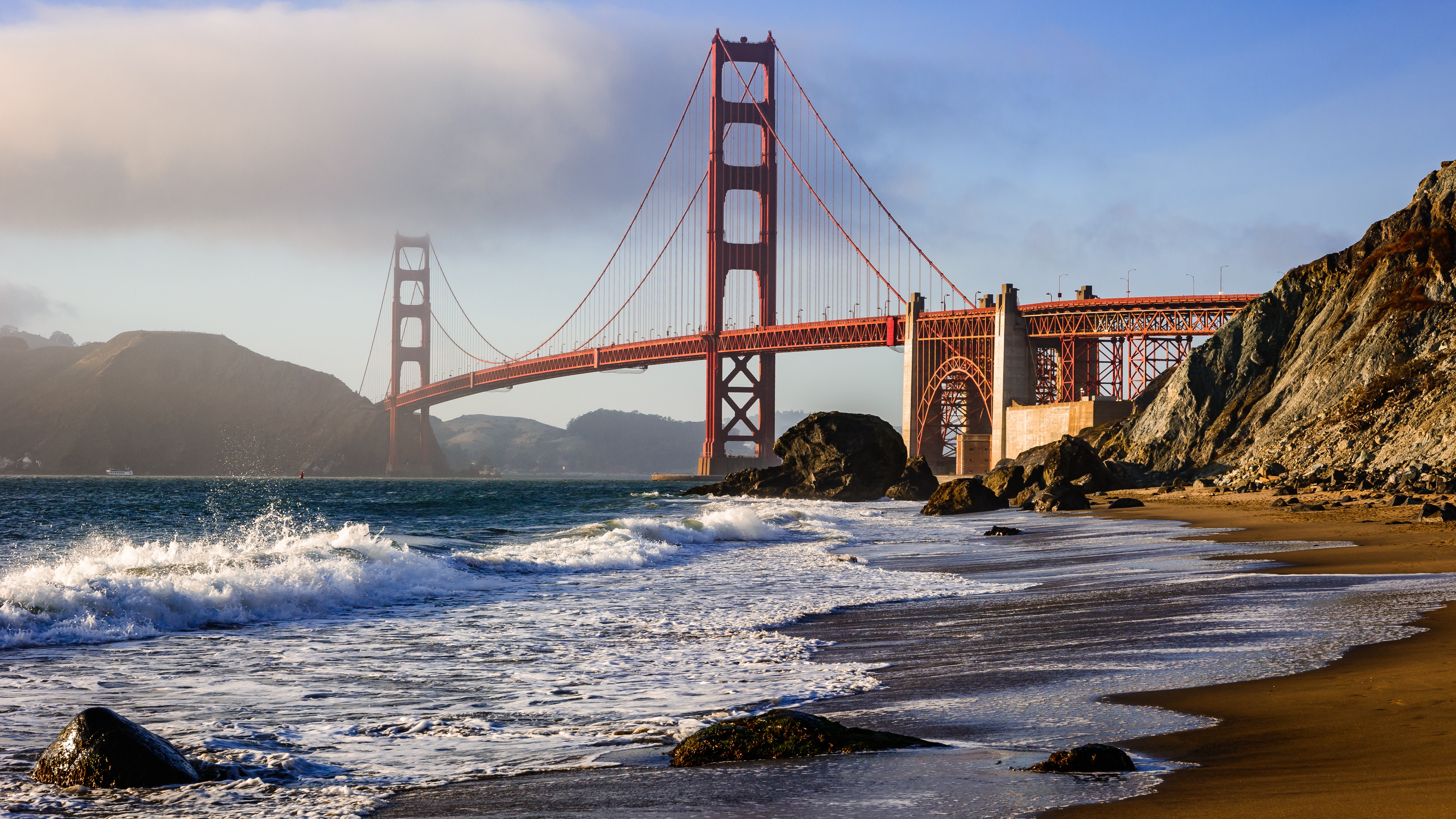Parts of San Francisco and Los Angeles are sinking into the sea — meaning sea-level rise will be even worse
A study led by NASA and NOAA has found that California is sinking in some areas, which means the projected sea level rise for parts of Los Angeles and San Francisco has doubled.

Parts of California's coastline around Los Angeles and San Francisco are sinking, which means sea levels could rise more than twice as much as previously predicted in those areas.
Scientists at NASA and the National Oceanic and Atmospheric Administration (NOAA) came to that conclusion after using satellite radar to study ground elevation along the coast of California.
In sinking hotspots like San Rafael and Foster City in the San Francisco Bay Area, the ground is dropping by more than 0.4 inches (10 millimeters) per year. That sinking means local sea levels could rise by more than 17 inches (45 centimeters) in the next 25 years, which would more than double a previous regional estimate of 7.4 inches (19 cm). Both of these hotspots were partially built on landfill.
Near Los Angeles, similar reclaimed areas like Newport Beach are sinking at a rate that is likely to add up to 6 inches (15 cm) to the 6.7 inches (17 cm) of sea level rise predicted for 2050, according to the researchers' study, which was published Jan. 29 in the journal Science Advances.
"In many parts of the world, like the reclaimed ground beneath San Francisco, the land is moving down faster than the sea itself is going up," study lead author Marin Govorcin, a remote sensing scientist at NASA's Jet Propulsion Laboratory, said in a statement.
The rising and sinking of land, which the researchers called "vertical land motion," are driven by natural processes, such as the movement of tectonic plates, and human factors, like the pumping of groundwater, according to the study.
Get the world’s most fascinating discoveries delivered straight to your inbox.
Globally, sea levels are rising along with climate change. The extra heat from the warming planet melts glaciers and ice sheets and expands the water in the oceans, ultimately pushing coastlines farther inland. These rising seas threaten cities and coastal communities around the world.
Vertical land motion
The authors of the new study wanted to understand how vertical land motion factored into this process. To achieve this, they studied radar data collected by the European Space Agency's Sentinel-1 satellites and land movement data taken from the Global Navigation Satellite System, according to the statement.
The sinking was the most extreme in central California, where aggressive groundwater pumping lowers parts of the Central Valley by as much as 8 inches (20 cm) each year. However, not everywhere was sinking. Santa Barbara is rising because groundwater there has been replenishing since 2018 — the city manages its groundwater supply by primarily using surface water during wet years, allowing the groundwater stocks to slowly recover. Parts of Long Beach near Los Angeles are also rising because fluids are injected into the crust there as part of oil extraction, according to the study.
Vertical land motion can be difficult to predict, but the study highlights that it's an important factor to include in predictions of how much of the ocean will rise onto land in the coming decades.

Patrick Pester is the trending news writer at Live Science. His work has appeared on other science websites, such as BBC Science Focus and Scientific American. Patrick retrained as a journalist after spending his early career working in zoos and wildlife conservation. He was awarded the Master's Excellence Scholarship to study at Cardiff University where he completed a master's degree in international journalism. He also has a second master's degree in biodiversity, evolution and conservation in action from Middlesex University London. When he isn't writing news, Patrick investigates the sale of human remains.
You must confirm your public display name before commenting
Please logout and then login again, you will then be prompted to enter your display name.
